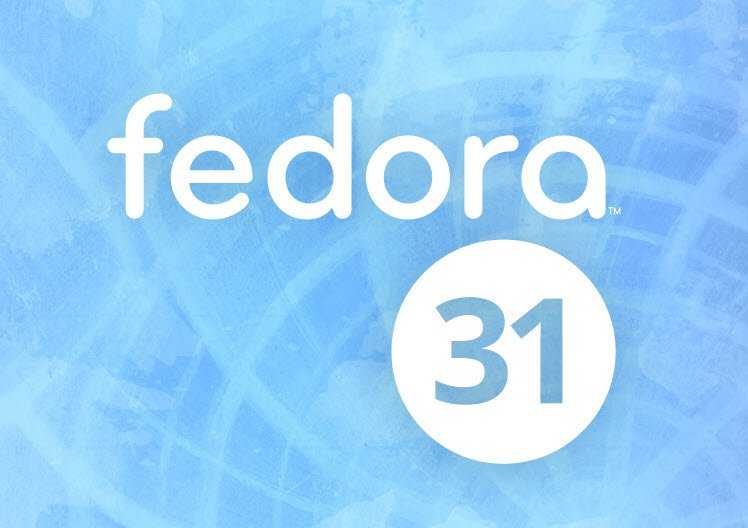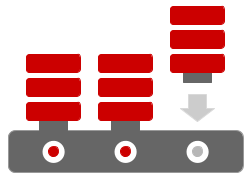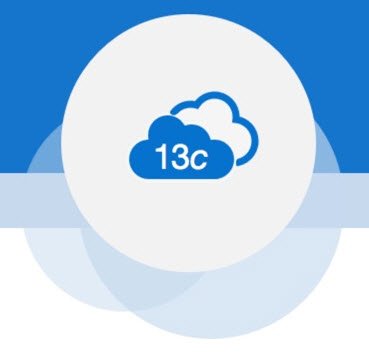
A couple of days ago I mentioned the certification of Oracle database 19c on Oracle Linux 8 (OL8) with UEK6.
I’ve had a bunch of OL8 articles and builds for a while, but up until now they’ve included warnings to say they weren’t certified. Over the last couple of evenings I’ve made some changes, so I thought I would summarise then here.
Database 19c on OL8 Article
My article on installing 19c on OL8 (from July last year) now includes the new preinstall package. It also mentions that the installation will work without patches, but it will not be supported unless you include the 19.7 patches, and are using UEK6.
Oracle Database 19c Installation On Oracle Linux 8 (OL8)
Vagrant Build
I’ve had a vagrant build of 19c on OL8 since last year. This has been amended to use the new preinstall package, and to optionally include the 19.7 patches if you’ve downloaded them. By default the patch script is commented out, so folks without a support contract can still use the build. This isn’t meant to be a “supported build”, so I’m not personally bothered about the patches for it, but it seemed a little wrong to not include them, even if it is lip-service.
https://github.com/oraclebase/vagrant/tree/master/database/ol8_19
The base box is ‘bento/oracle-8’, which hasn’t been updated to 8.2 and UEK6 yet. Once again, this doesn’t phase me. The ‘bento/oracle-8’ image tracks the latest release (8.0, 8.1, 8.2 etc.), so at some point it will updated to the latest spin and UEK6.
My go-to Vagrant build has typically been the “ol7_19” build. I’m now going to switch to the “ol7_19” build.
I’ve also added 19c Data Guard build on OL8.
https://github.com/oraclebase/vagrant/tree/master/dataguard/ol8_19
Container (Docker/Podman) Build
Similar to the Vagrant build, I’ve updated by Docker build. It also uses the new preinstall package and includes and optional patch script. I’ve also switched back from the “oraclelinux:8” image to the “oraclelinux:8-slim” base image, which means I had to make some changes, like using “microdnf” instead of “dnf”. Similar to the vagrant build, I’ve left the patch script commented out by default, because I only use this build for playing and demos.
https://github.com/oraclebase/dockerfiles/tree/master/database/ol8_19
My go-to container combination was “ol7_19” plus “ol7_ords”. I’m now going to switch to “ol8_19” plus “ol8_ords” for running APEX 20.1 using containers.
What’s Next?
I’ve got a few things in the pipeline.
- RAC on OL8 Vagrant Build. I’m unsure at the moment if I will include the patching for this, as it makes it more complicated. I might just stick with the base release. It’s definitely not production, so I’m not sure how much I care about making the build slower and more complicated.
- I’ve got some Podman stuff I want to talk about that relates to both Vagrant and Docker, but that is better served in a separate post.
Cheers
Tim…
PS. I don’t feel I should need to say this, but experience tells me I should. This stuff on GitHub is just a playground for me. There is no error checking. It’s purposely kept simple so people can read it easily. It’s not production ready. I don’t support it. It’s not scripture. If you find value in it, that’s great. If you don’t, don’t use it. 🙂
PPS. I used the pirate costume as I thought it looked funny. There was no deeper meaning behind this. It was nearly a Pharaoh.





